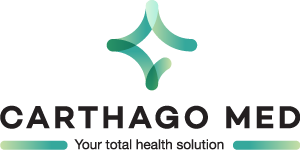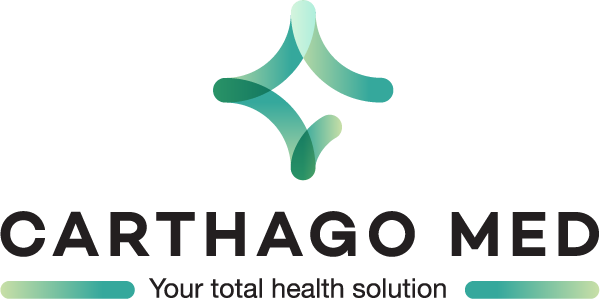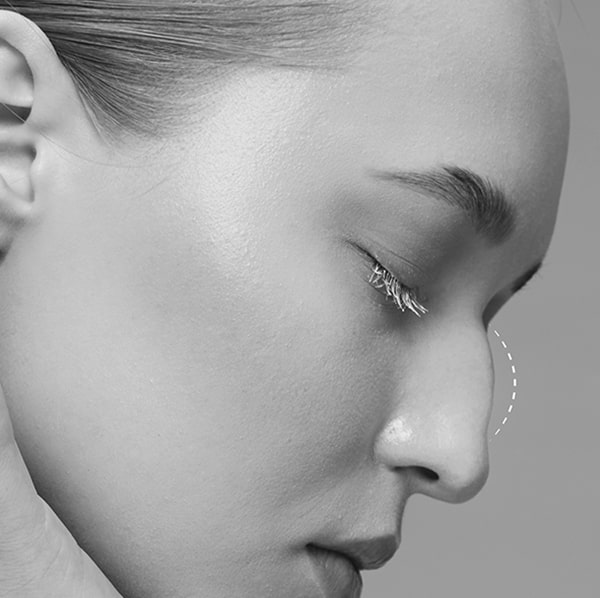Medical rhinoplasty Tunisia : after procedure
After a medical rhinoplasty, you may feel a slight swelling near the injection site or, more rarely, small bruises, just like after a wrinkle filling treatment. The tip of the nose is usually the most sensitive area for this type of treatment and therefore the most prone to bruising or swelling. The treatment does not require any convalescence. The patient can therefore return to his or her daily life without any problems, with the exception of a few minor precautions. In the hours following the medical rhinoplasty, it is advisable not to use glasses on the treated areas, and to avoid exposure to the sun and UVA lamps. Even saunas and hot showers should be avoided, at least for the first few days. The side effects of medical rhinoplasty treatment are the same as those of the filler-based treatments that are commonly used in cosmetic medicine clinics. Hyaluronic acid fillers are absolutely safe, tested and certified products. This means that none of these products will cause an allergic or body reaction when injected. This is because hyaluronic acid is a compound that is naturally found in our body. The most common side effects of medical rhinoplasty are associated with micro-injections of the product itself. It is usually possible that once the injections have been performed, a slight swelling or, more rarely, a small bruise may develop. In the first case, there is no need to be alarmed, on the contrary, it is often sufficient to apply a few minutes of ice to resolve the problem of swelling almost instantly.








